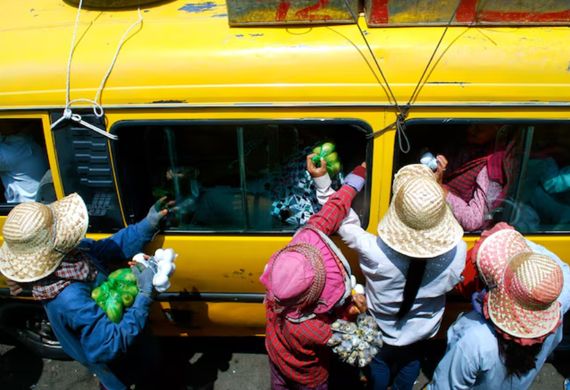
Free Bus Fare Schemes Set to Boost Female Commuter Across Kolkata
By: WE staff | Monday, 28 July 2025
- It is named 'Beyond Free Rides: A Multi-State Assessment of Women's Bus Fare Subsidy Schemes in Urban India'
- The report analyzes the effectiveness and possibility of women's bus fare subsidy schemes in Indian cities
- It highlights the contribution of such schemes to inclusive mobility, enhancing the access of women to public transport, and improving economic activity locally
Almost half of women commuters in Kolkata (44.5 percent) and over half in Durgapur (62.5 percent) use buses for their daily commute, reveals a new study. It is indicated that de-fossilizing bus travel through fare subsidies has the potential to increase ridership dramatically—by 27.8 percent in Kolkata and 25 percent in Durgapur—demonstrating the revolutionary potential of bus fare subsidy programs in fostering inclusive mobility and economic development in West Bengal.
The research is part of a landmark report 'Beyond Free Rides: A Multi-State Assessment of Women's Bus Fare Subsidy Schemes in Urban India', published by the Sustainable Mobility Network—a group of 20 organizations led by Purpose and Asar, and comprising Kolkata-based SwitchON Foundation.
Developed by Nikore Associates, the research is the first detailed multi-state evaluation of women-specific fare subsidy schemes. It is based on findings from more than 2,500 surveys, focus group interviews, and interviews in 10 cities in Delhi, Karnataka, Kerala, Maharashtra, and Bengal.
The survey lists seven major indicators of changes in women's travel behavior with fare subsidies. In Durgapur and Kolkata, the most striking effect would be an increase in bus use (S1)—27.8 percent in Kolkata and 25 percent in Durgapur. Kolkata also records a sharp increase in work- and educational travel (S2) at 22.5 percent compared to 13.3 percent in Durgapur.
Interestingly, Durgapur has a more uniform increase on parameters like 'travel further' (S3), 'more non-essential trips' (S4), and 'less dependency on others' (S5), all in the 12 percent -13 percent range. Kolkata records slightly lesser gains in these mid-level categories. For health-related travel (S6), figures come down to 10.8 percent in Durgapur and 8.1 percent in Kolkata. The percentage of commuters who indicated 'no change' in the behavior of traveling (S7) is more than twice in Durgapur (13.8 percent ) than in Kolkata (5.6 percent), which points towards more significant behavioral influence in the capital city if the policy is ever implemented.
Vinay Jaju of SwitchON Foundation stressed that "a well-designed fare support scheme can lead to safer, more reliable, and dignified mobility—particularly for low-income groups." Mitali Nikore, the founder of Nikore Associates, further added, “That women already greatly depend on buses despite the cost is proof of just how game-changing fare subsidies would be." Nupur Sarkar of the Civilian Welfare Foundation pointed out that certain domestic workers pay almost a third of their monthly income on bus fares, leaving minimal money for basic things such as food or education.
Contrary to the argument that fare-free plans are not financially viable, the report refers to robust economic payback and unmet demand in states where they have already been introduced. With elections to state assemblies scheduled for next year, West Bengal has a timely chance to introduce a fair and efficient bus fare subsidy scheme, backed by investment in fleet growth, infrastructure, and monitoring—to make its transport system more gender-responsive and inclusive.






